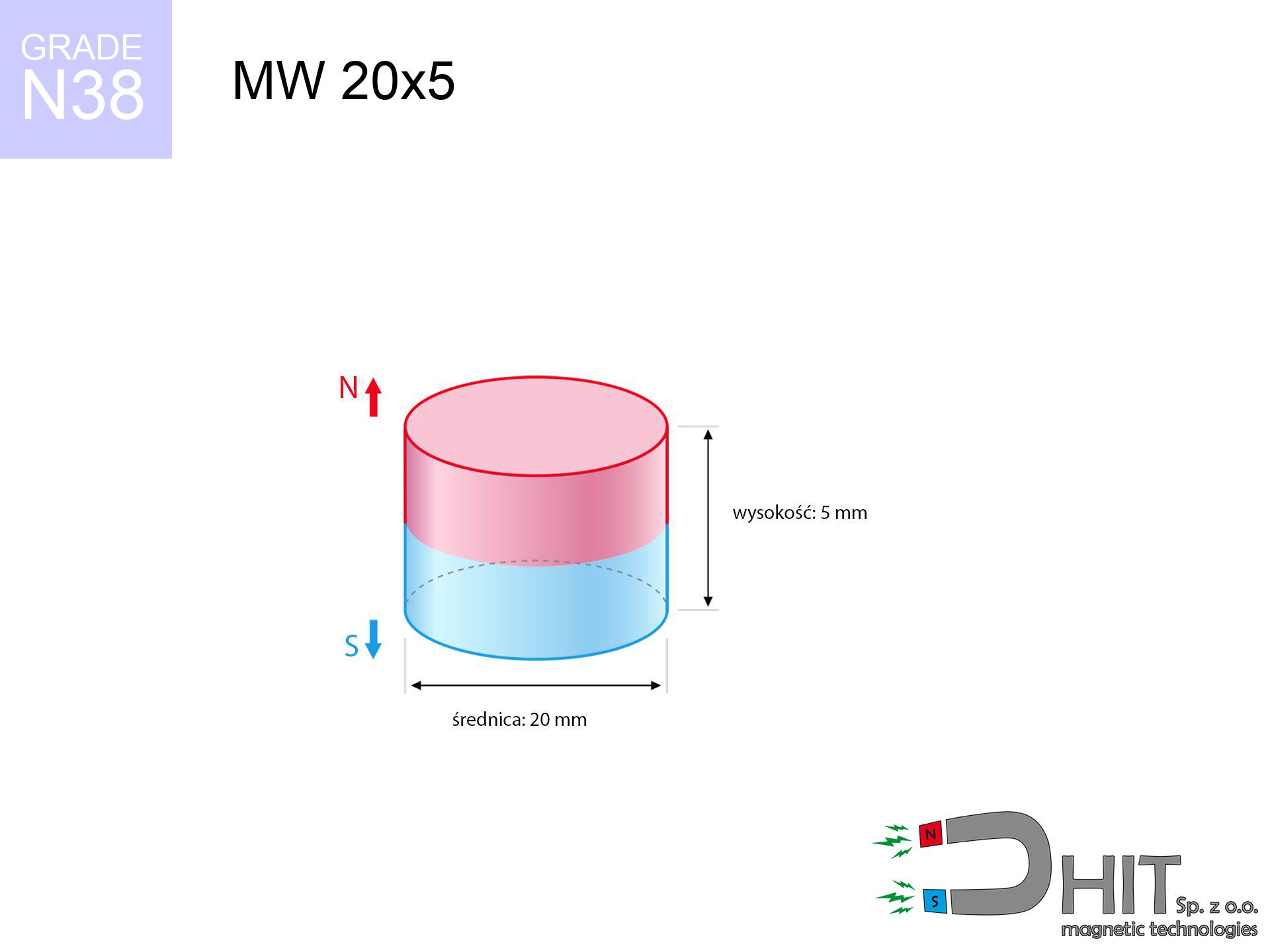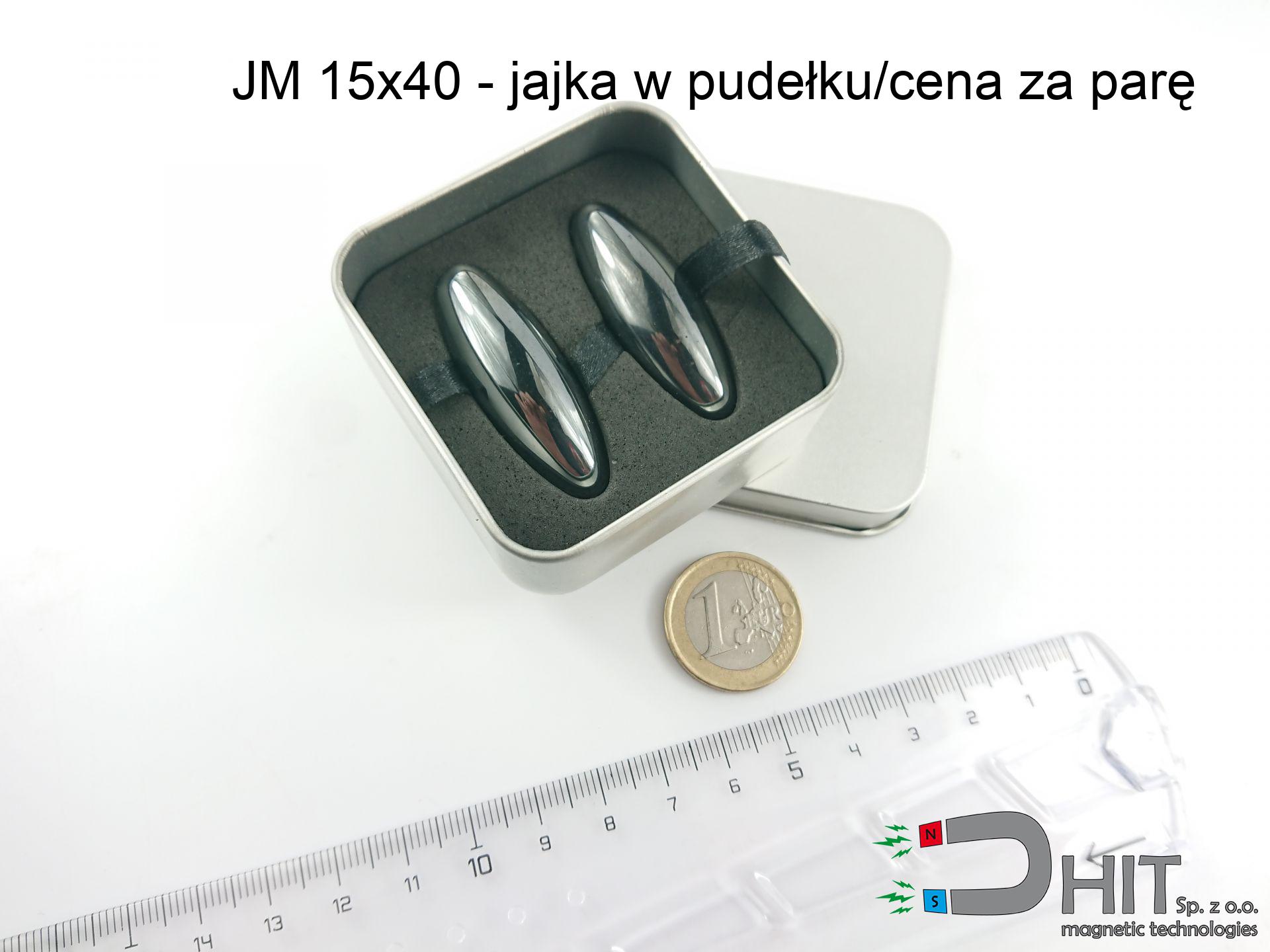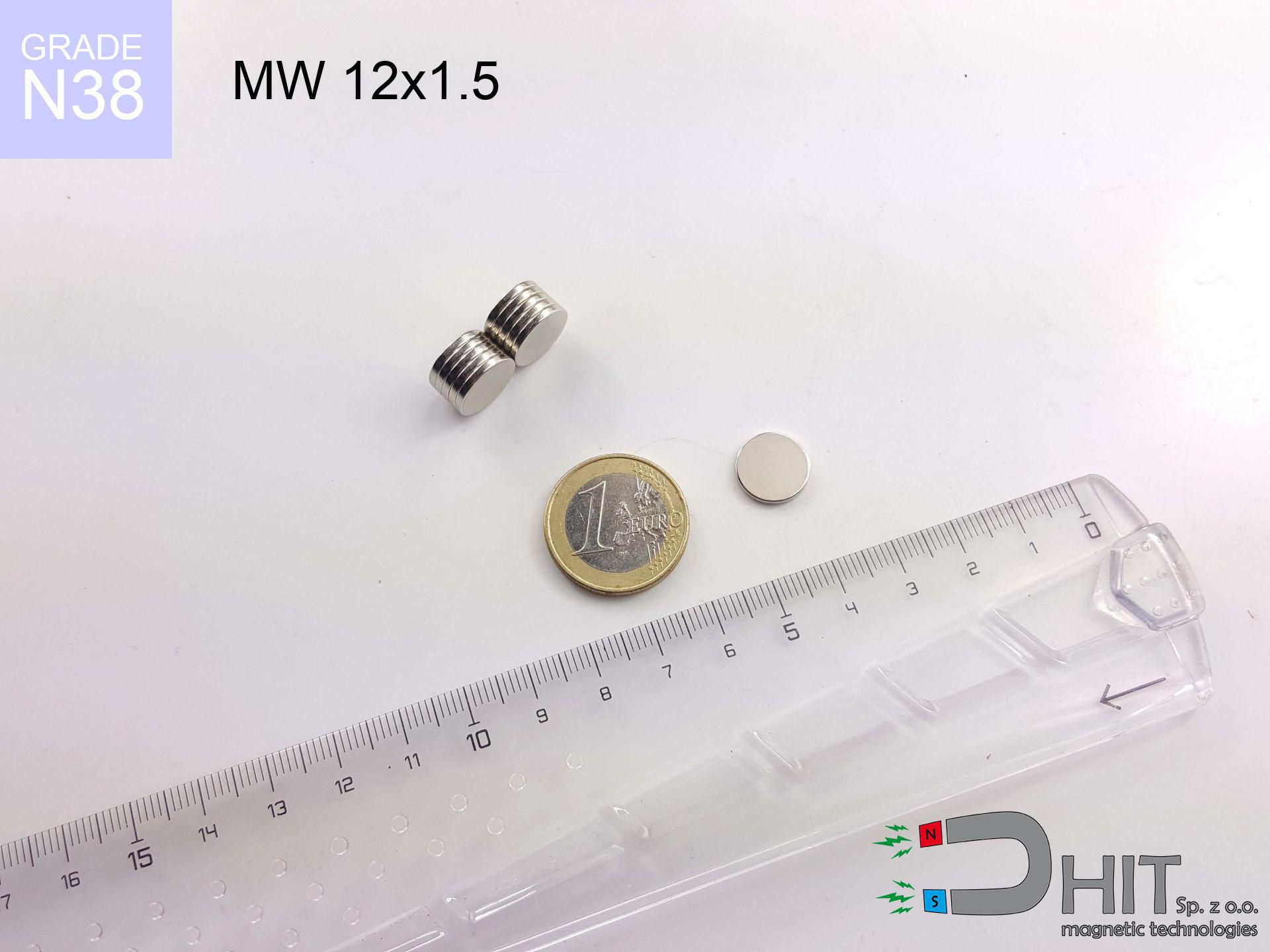MW 20x5 / N38 - cylindrical magnet
cylindrical magnet
Catalog no 010044
GTIN: 5906301810438
Diameter Ø [±0,1 mm]
20 mm
Height [±0,1 mm]
5 mm
Weight
11.78 g
Magnetization Direction
↑ axial
Load capacity
5.53 kg / 54.23 N
Magnetic Induction
277.16 mT
Coating
[NiCuNi] nickel
4.49 ZŁ with VAT / pcs + price for transport
3.65 ZŁ net + 23% VAT / pcs
bulk discounts:
Need more?Want to negotiate the price?
Call us +48 22 499 98 98 or write via form on the contact page. Test the magnet's power with our power calculator.
Orders placed by 14:00 are shipped the same day.
MW 20x5 / N38 - cylindrical magnet
Magnetic properties of material N38
Physical properties of NdFeB
Shopping tips
Moreover, even though neodymium is part of the strongest magnets, they are prone to corrosion in humid environments. Therefore, they are coated with a thin layer of epoxy to increase their durability. It's worth noting that NdFeB neodymium magnets are about 13% lighter than SmCo magnets and, despite their power, are brittle, which requires special caution during their handling. Therefore, any mechanical processing should be done before they are magnetized.
In terms of safety, there are several recommendations regarding the use of these magnets. It is advisable to avoid their use in acidic, basic, organic environments or where solvents are present, and also in water or oil. Additionally, they can damage data on magnetic cards and hard drives, although data deletion using a neodymium magnet is not guaranteed.
In terms of properties in different environments, neodymium magnets are susceptible to corrosion, especially in humid conditions. Therefore, they are often covered with thin coatings, such as nickel, to shield them from external factors and prolong their durability. High temperatures exceeding 130°C can cause a reduction of their magnetic strength, although there are particular types of neodymium magnets that can tolerate temperatures up to 230°C.
As for risks, it is important to avoid using neodymium magnets in acidic environments, basic conditions, organic or solvent environments, unless they are insulated. Additionally, their use is not recommended in wet conditions, oil, or in an environment containing hydrogen, as they may forfeit their magnetic strength.
Advantages and disadvantages of neodymium magnets
Neodymium magnets, also known as NdFeB magnets, are currently the strongest permanent magnets available on the market. Their exceptional magnetic properties make them suitable for various industries, technologies, and everyday life. Below are the key advantages:
- Immense attractive force: Even small neodymium magnets generate a very strong magnetic field.
- High coercivity: They are resistant to demagnetization by external magnetic fields.
- Wide operating temperature range: Standard neodymium magnets operate up to 80°C, with special versions up to 230°C.
- Variety of shapes and sizes: Available in many forms, making them easy to adapt to specific applications.
- Relatively low price compared to strength: They offer the best strength-to-price ratio among all magnets.
- Longevity: With proper use, they retain their magnetic properties for many years.
- Versatility of applications: From electric motors to speakers, separators, toys, and jewelry.
Despite numerous advantages, neodymium magnets also have certain disadvantages to consider:
- Brittleness: They are hard but brittle and prone to cracking or chipping upon impact.
- Susceptibility to corrosion: They require a protective coating (e.g., nickel, zinc) to prevent rusting.
- Limited operating temperature for standard versions: Above the Curie temperature, they lose their magnetic properties.
- Strong magnetic field can be dangerous: They can damage electronics, magnetic cards, and pose a risk of attracting metal objects with great force.
- Difficulties in mechanical processing: Due to their hardness and brittleness, processing them is complex.
Precautions
Neodymium magnets can become demagnetized at high temperatures.
Although magnets have demonstrated their effectiveness up to 80°C or 175°F, the temperature can vary depending on the type, shape, and intended use of the specific magnet.
Never bring neodymium magnets close to a phone and GPS.
Magnetic fields interfere with compasses and magnetometers used in navigation for air and sea transport, as well as internal compasses of smartphones and GPS devices.
Neodymium magnets are not recommended for people with pacemakers.
Neodymium magnets generate very strong magnetic fields that can interfere with the operation of a pacemaker. This is because many of these devices are equipped with a function that deactivates the device in a magnetic field.
Neodymium magnets are the most powerful, most remarkable magnets on the planet, and the surprising force between them can surprise you at first.
Familiarize yourself with our information to correctly handle these magnets and avoid significant injuries to your body and prevent damage to the magnets.
Neodymium magnetic are fragile as well as can easily break as well as get damaged.
Neodymium magnets are fragile as well as will crack if allowed to collide with each other, even from a distance of a few centimeters. They are coated with a shiny nickel plating similar to steel, but they are not as hard. At the moment of collision between the magnets, small sharp metal fragments can be propelled in various directions at high speed. Eye protection is recommended.
Neodymium Magnets can attract to each other, pinch the skin, and cause significant injuries.
In the situation of holding a finger in the path of a neodymium magnet, in such a case, a cut or even a fracture may occur.
Do not place neodymium magnets near a computer HDD, TV, and wallet.
The strong magnetic field generated by neodymium magnets can destroy magnetic media such as floppy disks, video tapes, HDDs, credit cards, magnetic ID cards, cassette tapes, or other devices. They can also destroy devices like video players, televisions, CRT computer monitors. Remember not to place neodymium magnets close to these electronic devices.
Magnets are not toys, youngest should not play with them.
Neodymium magnets are not toys. You cannot allow them to become toys for children. In such a situation, surgery is necessary to remove them. In the worst case scenario, it can result in death.
Dust and powder from neodymium magnets are flammable.
Do not attempt to drill into neodymium magnets. Mechanical processing is also not recommended. If the magnet is crushed into fine powder or dust, it becomes highly flammable.
The magnet is coated with nickel. Therefore, exercise caution if you have an allergy.
Studies clearly indicate a small percentage of people who suffer from metal allergies such as nickel. An allergic reaction often manifests as skin redness and rash. If you have a nickel allergy, try wearing gloves or avoid direct contact with nickel-plated neodymium magnets.
Please see the article - What danger lies in neodymium magnets? You will learn how to handle them properly.




![SM 32x100 [2xM8] / N42 - magnetic separator SM 32x100 [2xM8] / N42 - magnetic separator](https://cdn3.dhit.pl/graphics/products/sm-32x100-2xm8-cox.jpg)

![UMP 94x28 [3xM10] GW F300 GOLD / N38 - search holder UMP 94x28 [3xM10] GW F300 GOLD / N38 - search holder](https://cdn3.dhit.pl/graphics/products/ump-94x28-m10-gw-f300-vux.jpg)


